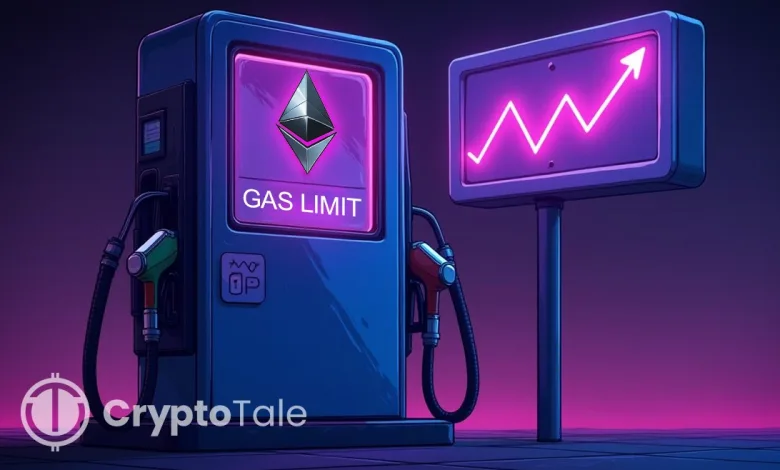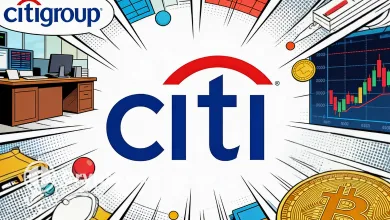Ethereum Boosts Gas Limit to 31M to Speed Up Transactions

- Ethereum now handles more transactions per block as the gas limit rises to 31 million.
- Validators supported the change to help reduce network congestion and improve speed.
- Users may benefit from lower fees as Ethereum scales without a major system upgrade.
Ethereum has raised its gas limit to 31 million units for the first time since transitioning to proof-of-stake. This change allows the blockchain to process more transactions per block, improving scalability and efficiency. Over 50% of validators signaled support for the increase, enabling the adjustment without a hard fork.
Ethereum Enhances Transaction Capacity Without Hard Fork
The token’s gas limit, which determines the maximum computational power per block, has been raised above 31M. Previously set at 30 million since August 2021, this increase allows more transactions to be processed in a single block. Those supporting the change modified their node configurations, ensuring consensus without disrupting network operations.
As of February 4th, Gaslimit.pics reports state that 52% of validators favor the increase, exceeding the required threshold. The modification aligns with Ethereum’s goal of optimizing transaction throughput without requiring fundamental protocol changes. Additionally, this marks the first planned increase since the Merge upgrade in September 2022.
Blockchain expert Evan Van Ness noted that Ethereum’s PoS structure makes coordination for such changes more complex. Nonetheless, validator support enabled a seamless transition. Meanwhile, Ethereum co-founder Vitalik Buterin confirmed that the upcoming Pectra fork in March will introduce additional governance mechanisms, allowing stakers to vote similarly to gas limit adjustments.
Related: Ethereum Recovers As Eric Trump Says Its Great Time To Add ETH
Potential Benefits and Risks of a Higher Gas Limit
A higher gas limit enhances Ethereum’s capacity, reducing congestion and improving transaction speeds. Increased block space can also lower transaction fees, benefiting users who frequently transfer assets on the network. More transactions per block mean greater efficiency, potentially strengthening Ethereum’s position as the leading smart contract platform.
However, the decision has sparked debate within the community. Some argue for a further increase to 36 million, which could push Ethereum’s Layer 1 scalability even further. Ethereum researcher Justin Drake has voiced support for this, citing innovation benefits and network expansion.
Yet, concerns persist over network security and decentralization. A higher gas limit means larger blocks, which could increase resource requirements for validators, potentially impacting node decentralization. Balancing scalability and security remains a key challenge for Ethereum’s ongoing development.
Ethereum’s gas limit increase sets the stage for more efficient transactions and potential cost reductions. With the Pectra fork approaching, further governance enhancements could shape Ethereum’s long-term scalability. The question remains—how will Ethereum balance transaction capacity, decentralization, and security in the evolving blockchain landscape?




